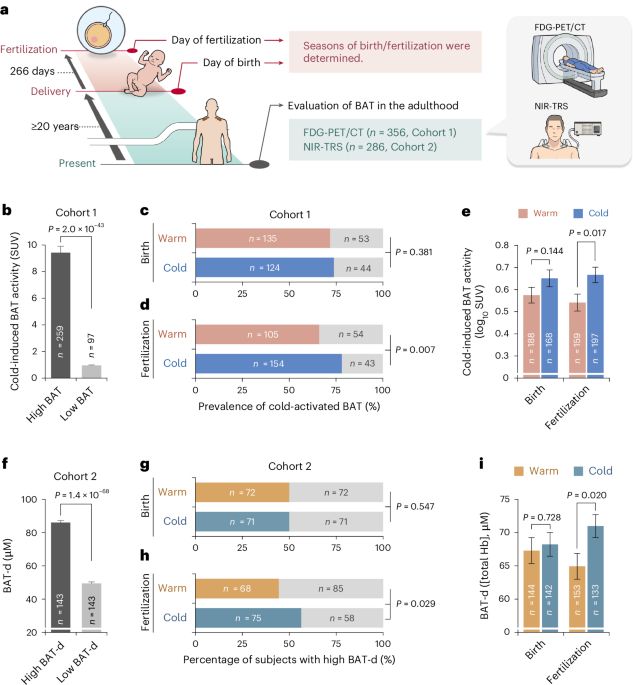

For more trending articles, visit ow.ly/Me2U50SkLRZ.
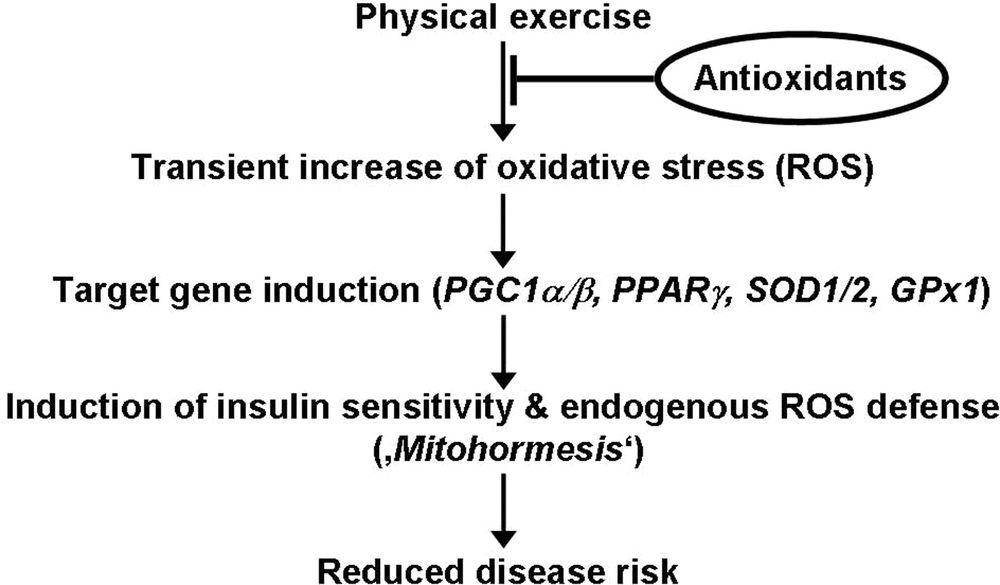
For more trending articles, visit ow.ly/Me2U50SkLRZ.
➡️ www.dfg.de/en/research-...

➡️ www.dfg.de/en/research-...
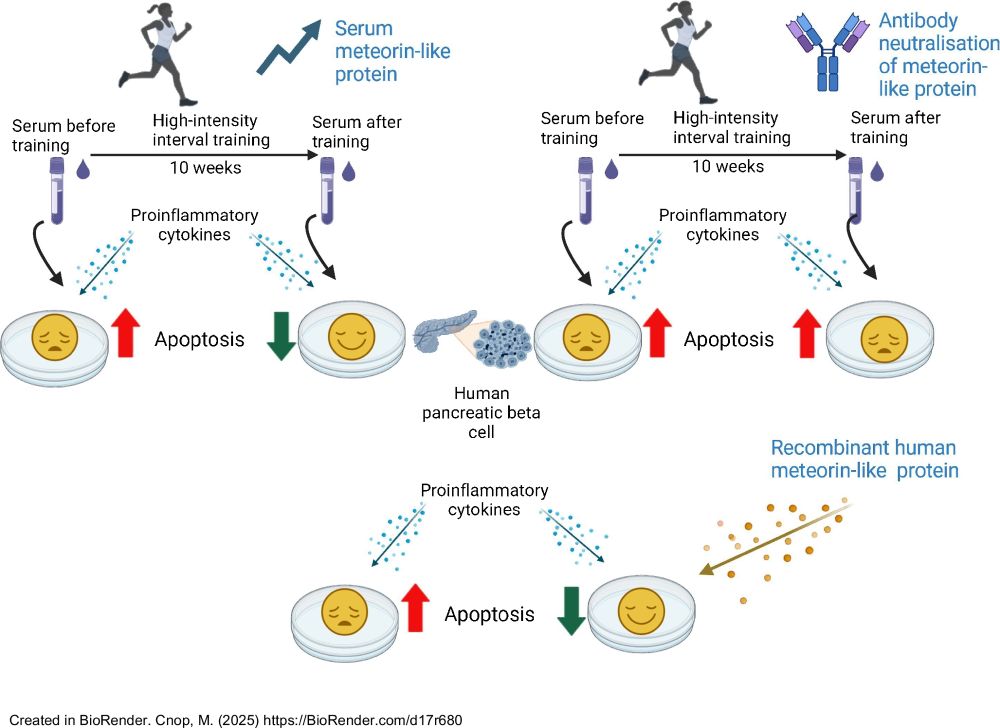
buff.ly/NXOfE4a
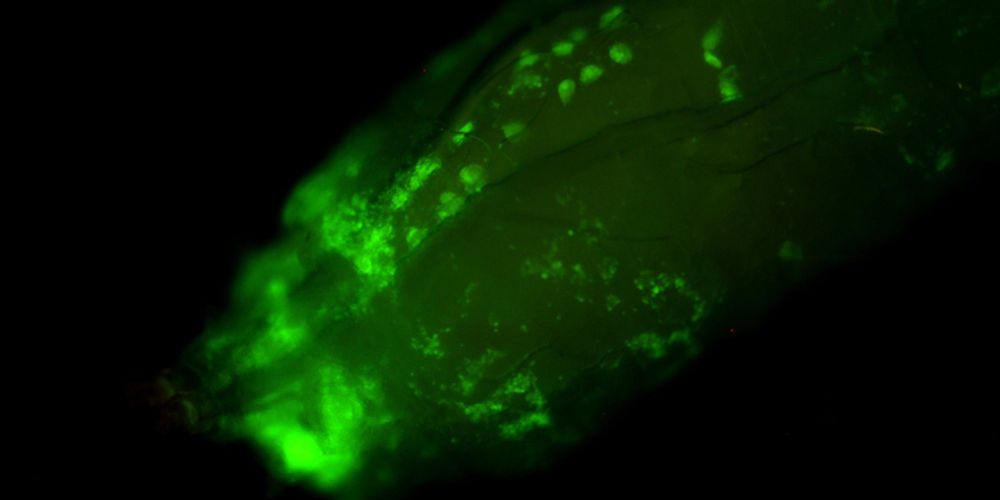
buff.ly/NXOfE4a

@50823zimmer.bsky.social @davidwalzik.bsky.social
onlinelibrary.wiley.com/doi/full/10....
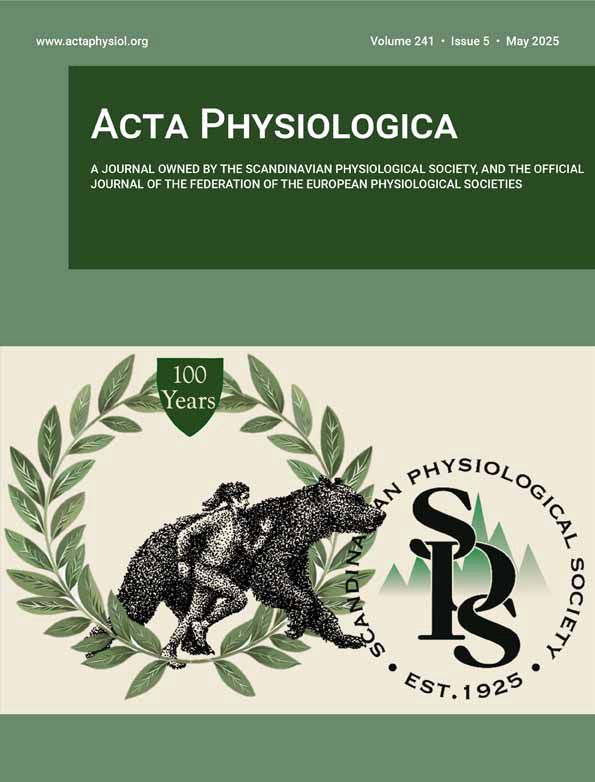
@50823zimmer.bsky.social @davidwalzik.bsky.social
onlinelibrary.wiley.com/doi/full/10....
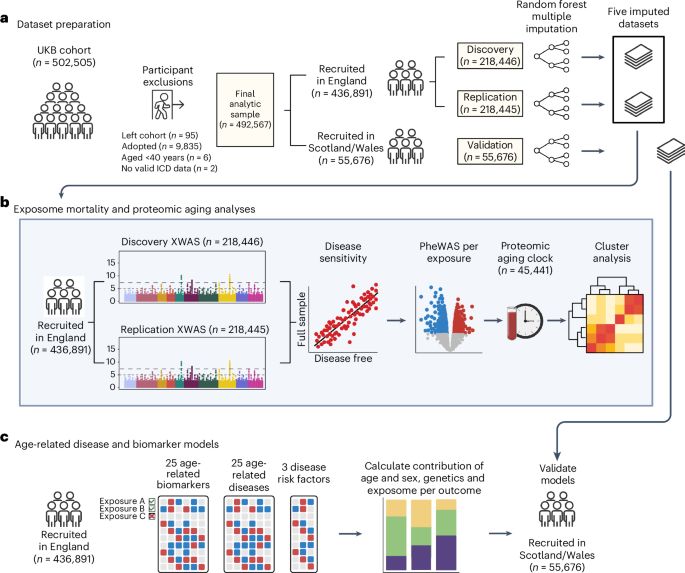
www.thelancet.com/journals/lan...

www.thelancet.com/journals/lan...
A new, comprehensive study of 263 species documents higher cancer prevalence with increasing body mass. Some large animals (e.g. elephants) have some built-in genetic adaptations
www.pnas.org/doi/10.1073/... @pnas.org

A new, comprehensive study of 263 species documents higher cancer prevalence with increasing body mass. Some large animals (e.g. elephants) have some built-in genetic adaptations
www.pnas.org/doi/10.1073/... @pnas.org
www.nature.com/articles/s41...
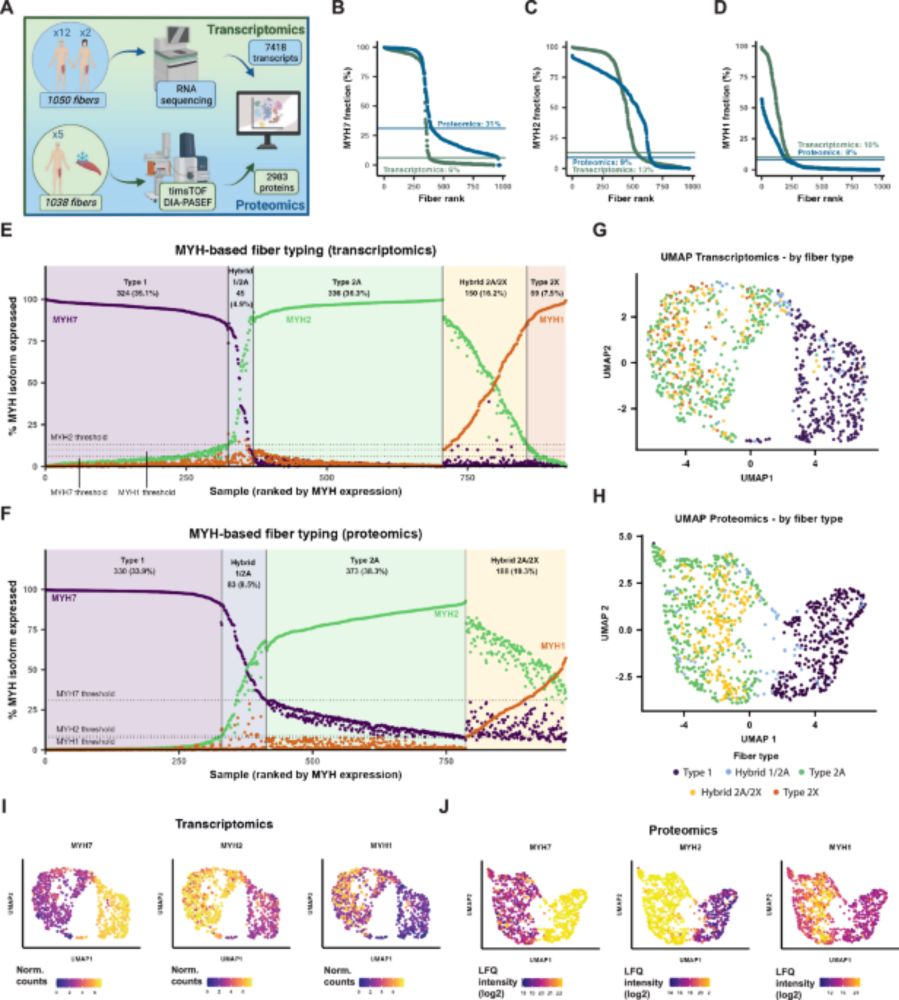
www.nature.com/articles/s41...

@wimderave.bsky.social, @ugent-fge.bsky.social, @fwovlaanderen.bsky.social
www.sciencedirect.com/science/arti...
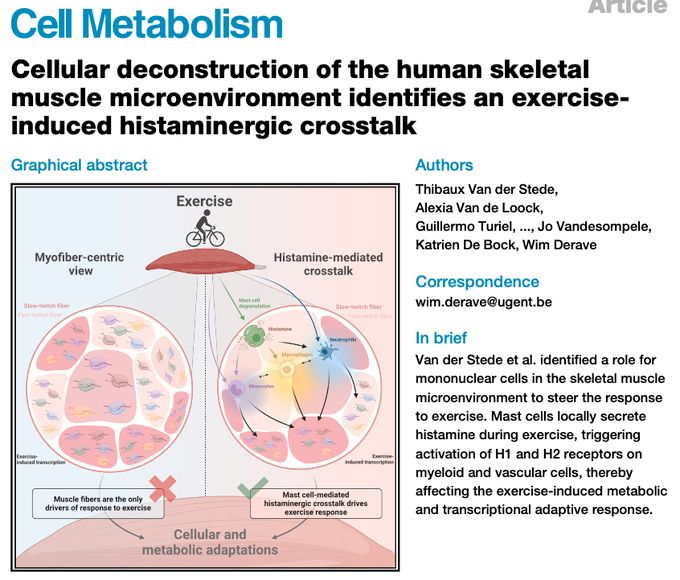
@wimderave.bsky.social, @ugent-fge.bsky.social, @fwovlaanderen.bsky.social
www.sciencedirect.com/science/arti...
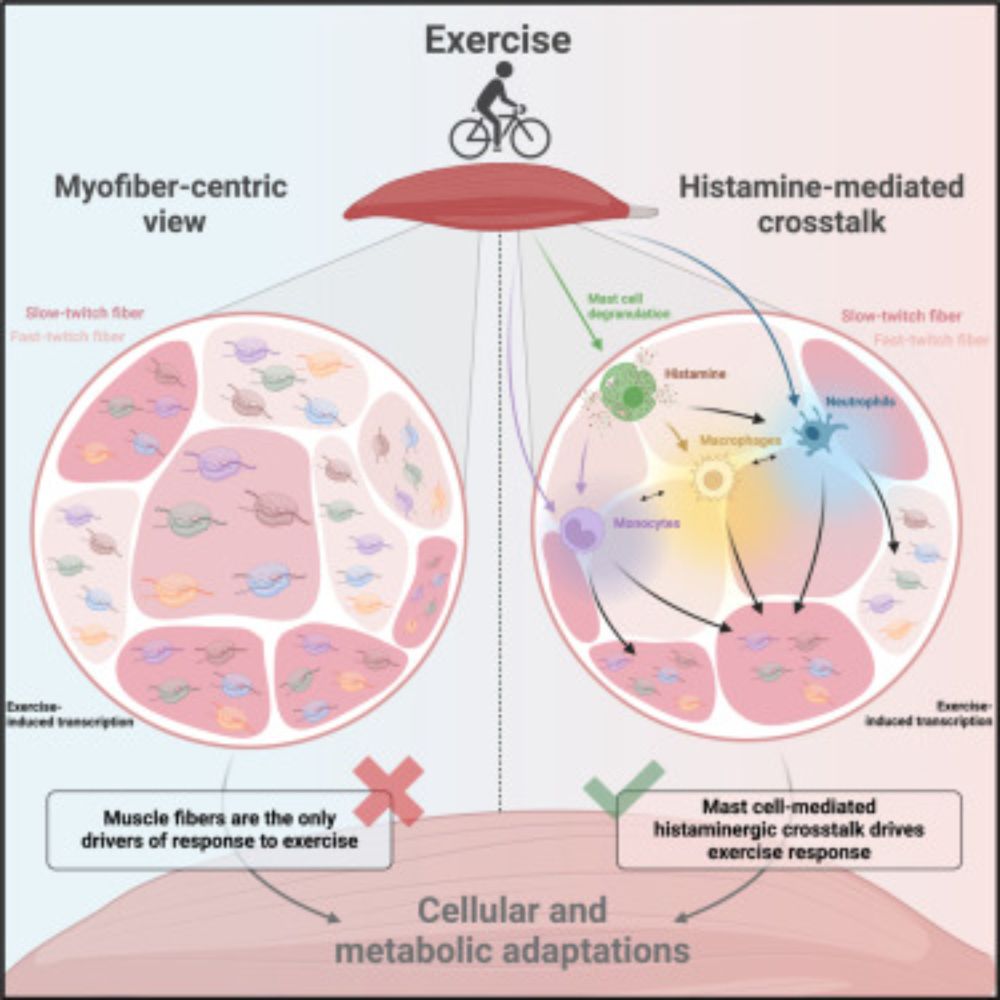

Check out the latest in #metabolism research from across all disciplines 🧫🐭👥
Read about #Obesity, #Diabetes, #Epidemiology, #Myokines, #Cancer, #Aging - and many more topics!
www.nature.com/natmetab/vol...
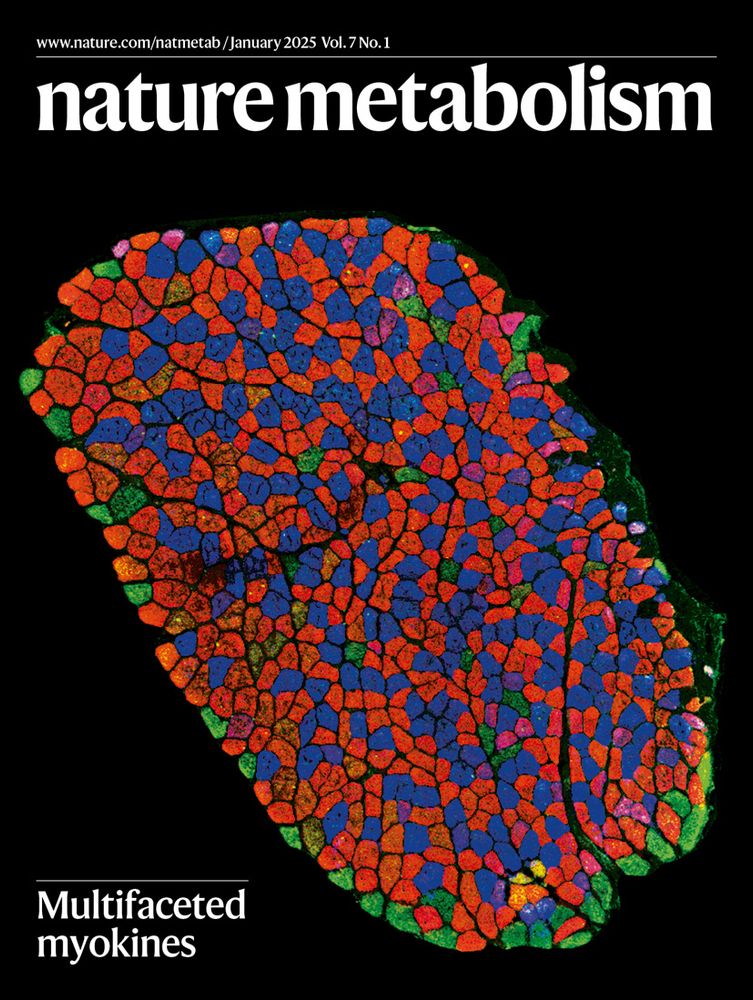
Check out the latest in #metabolism research from across all disciplines 🧫🐭👥
Read about #Obesity, #Diabetes, #Epidemiology, #Myokines, #Cancer, #Aging - and many more topics!
www.nature.com/natmetab/vol...
"Bluesky is much better for science. There is much less toxicity, misinformation, and distractions."
www.nature.com/articles/d41...

"Bluesky is much better for science. There is much less toxicity, misinformation, and distractions."
www.nature.com/articles/d41...
Pls “repost” if you like to share with others.
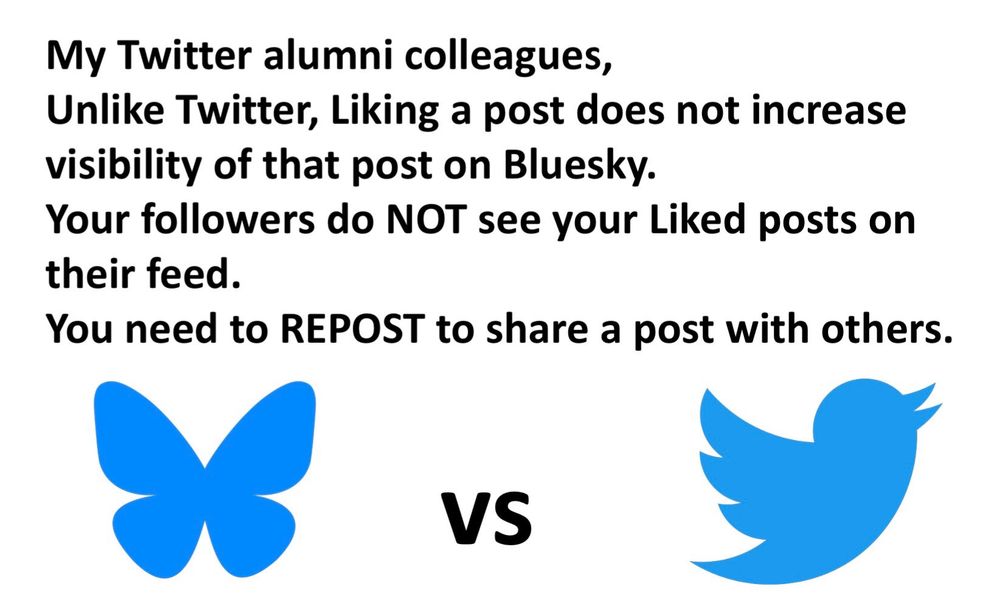
Pls “repost” if you like to share with others.
Nature is keen to find out how scientists are using Bluesky and whether it has become their go-to social-media platform. Take the survey! 🧪

Nature is keen to find out how scientists are using Bluesky and whether it has become their go-to social-media platform. Take the survey! 🧪
A Place of Joy.

A Place of Joy.
Short 🧵 on this, here we go: (1/13)

Short 🧵 on this, here we go: (1/13)
(1/13)
(1/13)


